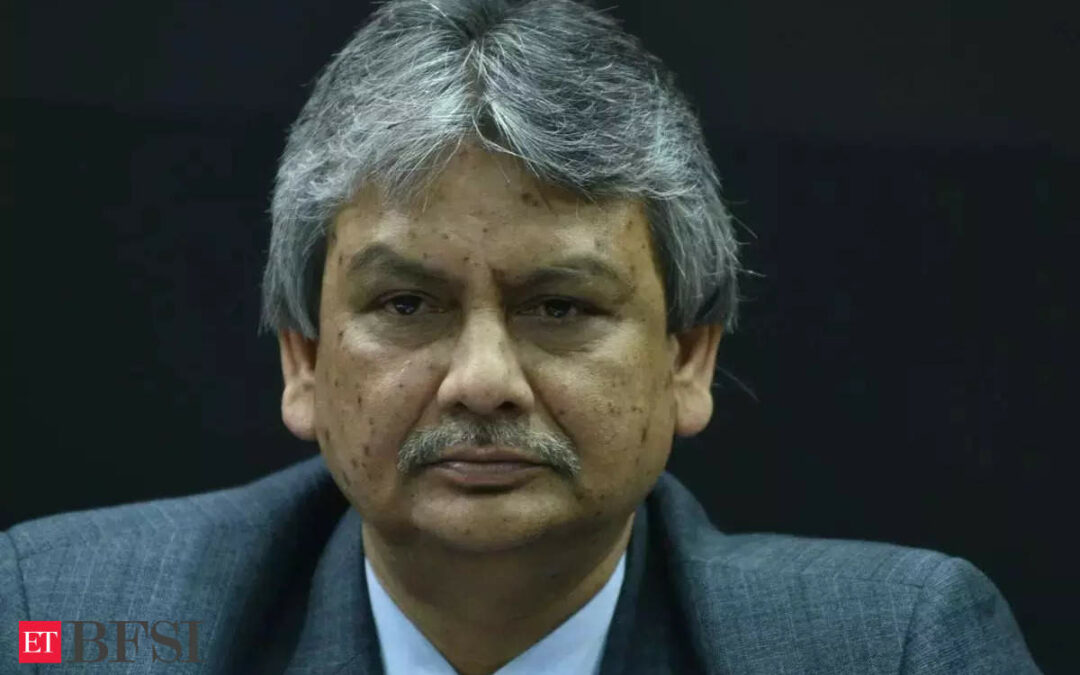Mumbai: India could emerge as the second largest economy by 2031 and largest economy in the world by 2060 riding on a stable investment rate, macroeconomic and financial stability, favourable demographics and growth multipliers like digitisation, Reserve Bank of India (RBI) deputy governor Michael Patra said.
The role of monetary policy will be crucial in navigating India’s inflation rate with global levels which will help preserve both the internal and external value of rupee, Patra said in a speech at the mid-career training programme for officials of the Indian Administrative Service (IAS) at the Lal Bahadur Shastri National Academy of Administration, Mussoorie.
“Price stability is the best contribution that monetary policy can make to strengthen the foundations of the aspired trajectory of growth over the next few decades. The formation of inflation in India needs to be navigated towards convergence with global inflation so that both the internal and external value of the rupee is preserved. This will prepare the ground for the internationalisation of the rupee and the emergence of India as the economic powerhouse of the world of tomorrow,” Patra said in a speech titled Future Readying India’s Monetary Policy.
Patra said that it has been estimated that if India can grow at the rate of 9.6% per annum over the next ten years, it will break free of the shackles of the lower middle income trap and become a developed economy.
He pointed out that in purchasing power parity (PPP) terms which isbthe price of an average basket of goods and services in each country, India is already the third largest economy in the world.
“The Organisation for Economic Cooperation and Development (OECD) projects that in PPP terms, India will overtake the US by 2048 to become the second largest economy of the world. To paraphrase from Victor Hugo, there is nothing more powerful than a country whose time has come. The age of Japan started in the 1960s and lasted up to the 1980s. The age of China began in the early 1990s, taking it to the position of the second largest economy of the world. It is from 2010 that India’s time has come. Several forces are coming together for India to surge ahead and assume its rightful place as a world leader over the next two-three decades,” Patra said.
India will have to harness its demographic dividend, adopt to new kind of jobs like automation; data exchange; cyber-physical systems, cloud computing; cognitive computing and advanced robotics and boost its manifacturing capabilities which is essential to support exports.
“As India emerges as an export powerhouse backed by a strong manufacturing base, a natural corollary will be the full internationalisation of the Indian rupee. Several factors are already in place. The Indian diaspora is the biggest in the world and India is the top recipient of remittances. The Indian rupee trades three times more offshore than onshore. India is expanding local currency settlement arrangements with several countries in Asia and the middle east and interlinking of payment systems is underway. Deep and liquid financial markets are developing. The international financial centre in GIFT city, Gujarat is emerging as global financial and technology hub with a thriving financial ecosystem. The policy emphasis on macroeconomic and financial stability is also a positive for the rupee going international,” Patra said.
Monetary policy’s principal role in all this will be to become the anchor of the Indian economy but managing short-run fluctuations of aggregate demand so that a broad alignment with the economy’s evolving productive capacity is ensured.










